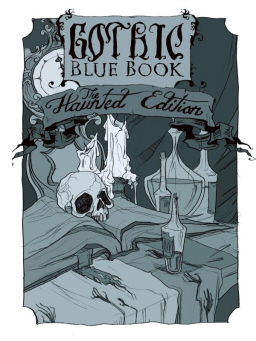Rich Horton Reviews Ashes of Candesce
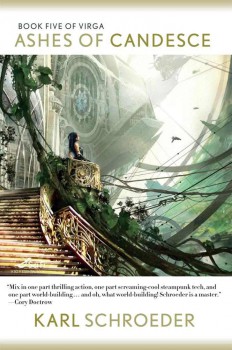 Ashes of Candesce
Ashes of Candesce
Karl Schroeder
Tor ($27.99, hc, 432 pages, February 2012)
Reviewed by Rich Horton
Ashes of Candesce is the concluding novel in Karl Schroeder’s Virga series, which began with an Analog serial called “Sun of Suns” (first part published in November 2005), and has continued through five novels. The first novel introduced Virga, a huge bubble in the Vega system in which a wide variety of human cultures live in low-tech freefall environments. It concerned young Hayden Griffin, a young man from the nation of Aerie, which has been conquered by another country, Slipstream. Griffin’s original mission is simply revenge against Slipstream, but by the end of that book he has learned a lot more about his world. There the series opens out – the initial setting is charming, and could have supported plenty of fine adventure stories, but Schroeder’s interests were much broader. In Sun of Suns we learn why Virga is a low tech environment, and in subsequent books we learn a fair amount about the much higher tech available outside Virga, and about that tech’s dangers.
The primary thematic thrust of the series is the nature of Artificial Intelligence, and the way humans can live with it, and the dangers of a life too separate from true nature, from true bodies. The conflict at the center is between Artificial Nature – essentially, purely virtual existence (though Schroeder’s take on this is more complex than that) and between intelligence that are fundamentally “embodied”, and thus responsive to what we might call “Natural Nature”. In each of the books we have learned more about Virga and especially about the world outside Virga – and about the importance of Virga and the paradoxically high-tech technology-suppression field that makes its low-tech existence possible.
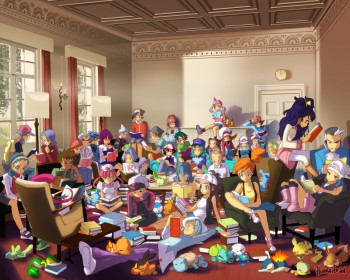
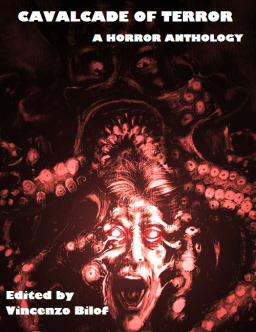
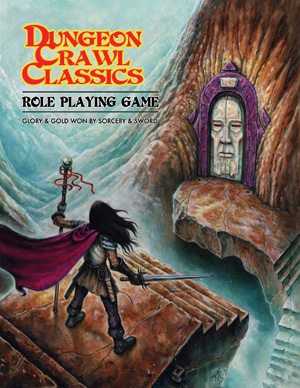
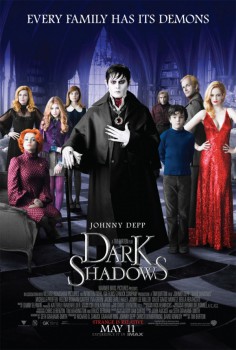 Dark Shadows is the first victim of
Dark Shadows is the first victim of 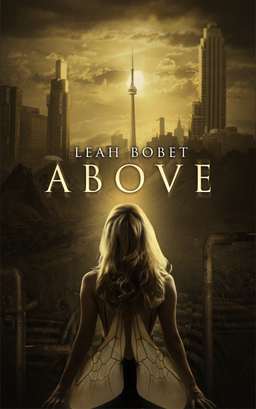
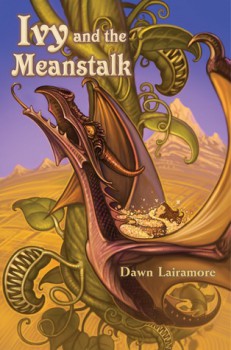 Ivy and the Meanstalk
Ivy and the Meanstalk
